Heroes and Villains of the Ram Janmabhoomi Movement
- In History & Culture
- 10:28 AM, Nov 18, 2019
- Shwetank Bhushan
As Ayodhya finally looks set to welcome Lord Shri Ram, after the inevitable, yet the most unprecedented judgment that serves the message of the ultimate victory of good over evil and light over darkness. On November 9, 2019, the Supreme Court of India brought closure to 134 years of legal- historical-civilizational dispute with a unanimous verdict decided by evidence and not by faith. It indeed is a unique reconciliation.
It is essential to look back at the historical events post-independence and recognize the roles of both the Heroes and Villains, who shaped the trajectory of this civilizational triumph.
1949: An idol of Shri Ram Lala appears inside the Mosque below the central dome. The Hindus took the appearance of the Idol as a divine revelation and started offering prayers. It led to the Muslims' protest - both sides filed civil suits. The government declared the site as disputed and locked the gates.
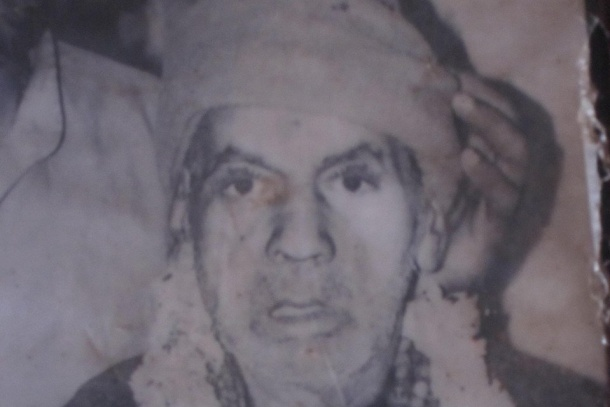
Abhiram Das, born as Abhinandan Mishra in Rarhi village in Darbhanga district of Bihar, had shifted to Ayodhya after a conflict with his father. He was fond of wrestling and could grapple with several persons simultaneously. This ability made him famous in Ayodhya. It also possibly was the reason for his selection for the cause by the principal architects of the plan - Maharaja Pateshwari Prasad Singh of Balrampur, Mahant Digvijay Nath of Gorakhnath Muth, and Faizabad District Magistrate, KK Nayar.

L-R: Maharaja Pateshwari Prasad, Mahant Digvijaynath, and KK Nayar.
Abhiram should have been a household name. Still, hardly anyone knows that it was his 'daredevil' entry into the Mosque on the midnight of December 22 in 1949, with an idol of Lord Rama, which converted the Mosque into a temple and changed the course of history. This act helped the legal case immensely as the Muslim party could not establish adverse possession after 1949.
Abhiram was a devout Hindu and knew only one thing - to liberate the birthplace of Shri Ram. He faced arrest, got himself bailed out, and then went into seclusion. Abhiram died unheard and was immersed in the water of Saryu.
1950 to early 80s: In 1950, Hindu priests Gopal Simla Viharad and Paramhansa Ramachandra Das sought permission to offer prayers to Ram Lalla. While the inner courtyard gates remained locked, prayers were allowed by Faizabad Court. But for close to three decades, none had agitated for an early resolution of the dispute.
During the same time, a team of archaeologists of the ASI, led by former DG- ASI Prof. B B Lal in 1975–76, worked on a project titled "Archaeology of Ramayana Sites," which excavated five Ramayana-related sites. The Babri site was also examined during this project. The team found rows of pillar-bases of what may have been a temple at the site. The report of this study was not published in that period.
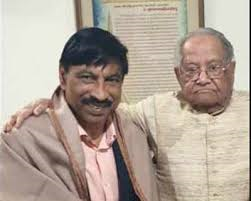
Archeologists KK Muhammed and Prof BB Lal (R)
It was KK Muhammed (as part of the team under Prof B.B. Lal), who, for the first time on December 15, 1990, claimed that during excavations, he saw the remains of the temple. "There were numerous shreds of evidence which showed that the Mosque was built not only over the temple, but some remains of the temple were used to construct a mosque," Muhammed said.
Dr. KK Muhammed was threatened in numerous ways, but the man was unwavering. He said in Sanskrit: "स्वधर्मे निधनं श्रेयः," I spoke the truth. Death is preferable while on duty. Do listen to KK Muhammed, explaining how the Marxist historians deliberately misrepresented and misled the Muslim community.
In 2003, in a statement to the Allahabad High Court, Prof BB Lal also stated that after he submitted a preliminary report to ASI, mentioning the discovery of "pillar bases" below the Babri structure, all technical facilities were withdrawn and the project wasn't revived despite repeated requests.
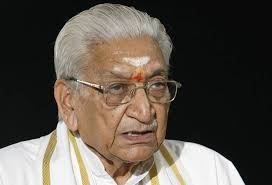
Ashok Singhal
1984: The first Dharma Sansad of the Hindu religious leaders resolved to liberate Ayodhya. The same year, Mahant Avaidyanath formed the Shri Ram Janmabhoomi Mukti Yagna Samiti, and the "tala-kholo" agitation was launched. Under the direction of VHP Chief Ashok Singhal, the Vishwa Hindu Parishad spearheaded to lead the construction of a Ram temple at Ayodhya. It started the "Ram-Janaki-Rath-Yatra." Internationally also, the VHP organized a series of conferences that during the Shilanyas when Hindus sent huge funds from abroad. A close aide of both Advani and Vajpayee, Singhal was also present in Ayodhya when Babri was demolished.
1986: A third party lawyer, Umesh Chandra Pandey, appeals before district and sessions judge that the Ram Janmabhoomi gates be unlocked. District judge K M Pandey, on February 1, 1986, ordered the gates of the Mosque to be opened for "darshan and pooja." It irked Muslims who then formed the Babri Mosque Action Committee (BMAC) in protest of the ruling.
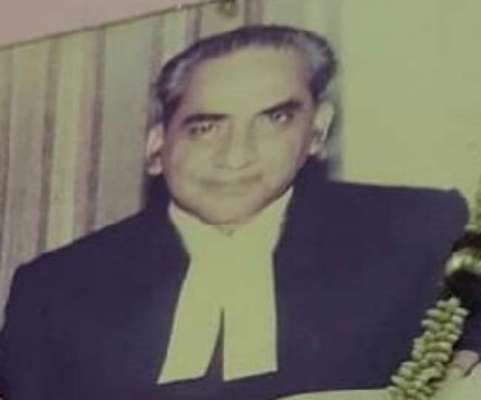
Judge KM Pandey
K.M Pandey, "If the Hindus are offering prayers and worshipping the idols, though in a restricted way, then the heavens are not going to fall if the locks of the gate are removed. The District Magistrate has stated before me today that the members of the Muslim community are not allowed to offer prayers at the disputed site." Justice Pandey also wrote a book - "Voice of conscience." In his autobiography, he wrote about a black monkey, which he took to be some divine power.
Neither the Central government nor the State government reversed the decision.
1989: Months before the Lok Sabha elections, on November 9, 1989, PM Rajiv Gandhi allowed the VHP to perform Shilanayas (laying of foundation stone) for a Ram temple. VHP heightened its campaign. All the title suits moved to the Allahabad High Court.
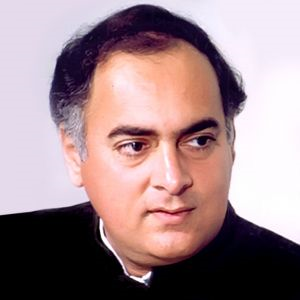
Rajiv Gandhi
"The unlocking of the gates that led to the "Shilanyas" in Ayodhya, was part of a deal between Muslim leaders, and the Rajiv Gandhi government," said Arif Mohammad Khan, who was then in the thick of events. Mr. Khan said it was a balancing act to satisfy the demands of the Hindu community after he succumbed to the demands of Muslim clergies on the Shah Bano.
1990: It was Lal Krishna Advani, who astutely managed to repackage the core Hindutva ideal for modern India by propagating cultural nationalism. Advani profoundly presented the disputed Mosque as a symbol of Hindu subjugation and avowed to build a grand temple as an act of penance.
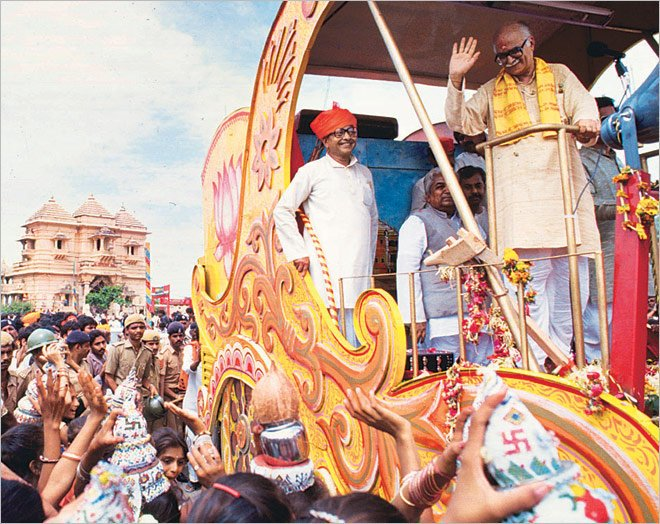
Advani Ji on his Rath-Yatra
On September 25, LK Advani launched a Somnath-to-Ayodhya rath yatra to "educate people" about the movement that evoked strong muscular emotions. During the Yatra, young men offered Advani a cup of blood signifying their readiness to achieve martyrdom, youngsters armed with bows and arrows genuflected before him, women performed puja, and sadhus anointed him with tilaks of blood. Thanks to Bihar CM Lalu Prasad Yadav, Advani was arrested on October 23 that gave the movement unprecedented boost.
On October 30, thousands of Kar Sevaks led by Ashok Singhal had gathered in Ayodhya, defying prohibitory orders and curfew. Many swam across Sarayu, others walked through fields evading security pickets. Soon, the crowd went berserk, and some Kar Sevaks clambered atop the central dome of the structure. The Kothari brothers Ram and Sharad mounted a saffron flag atop the dome.
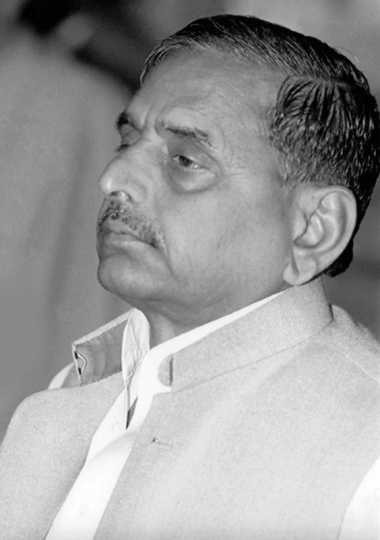
Mulayam S. Yadav
On the orders of then CM of UP Mulayam Singh Yadav, Police fired on the crowd and chased the Kar Sevaks across the area. It was like firing at a dense mass of human beings. Sadhus and Kar Sevaks, hit by bullets in the forehead, fell crumbled. More than a hundred people died. The Kar Sevaks took a day of rest.
On November 2, the Kar Sevaks again assembled, and the procession continued. Some reached the Mosque, and it was partially damaged. In response, the Police once again opened fire with more ferocity. In one place, now known as Shaheed Gali, Police killed hundreds of Kar Sevaks, including the Kothari Brothers. Never forget, never forgive.
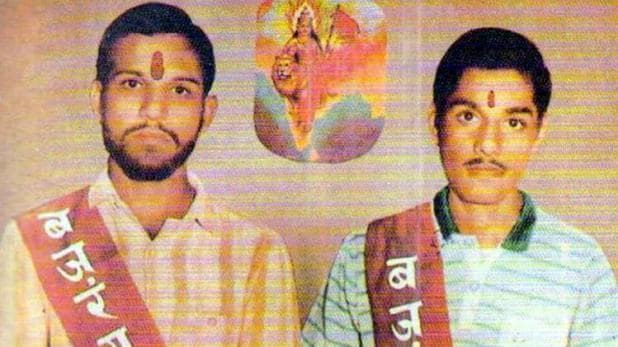
The Police were later accused of disposing of many dead bodies, either by cremation at unknown places or by throwing them into the Saryu River in sacks. Link.
Communal riots broke out across the country.
1991 -92: BJP becomes the country's main opposition party at the center and also came into power in Uttar Pradesh.
On December 6, 1992, hundreds of thousands of Kar Sevaks razed the disputed Babri Masjid and demolished the structure into rubble, leaving behind a make-shift temple in its place.
(Header pic: Babri being demolished (L) and the Make-Shift Temple (R))
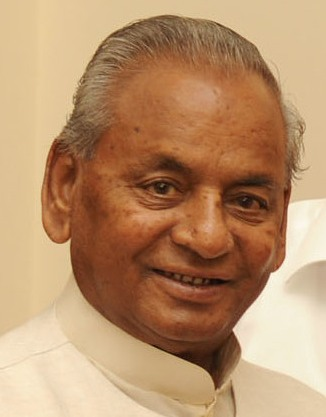
Kalyan Singh
Uttar Pradesh CM Kalyan Singh insisted on providing security to the disputed structure submitting an affidavit to the Supreme Court, assuring that only a symbolic Kar Seva would be performed. Kalyan Singh resigned within hours of the inevitable. However, in a later interview, Singh proudly said that he did not commit the sin of murdering Kar Sevaks. He also reiterated that the Babri demolition was a matter of national pride.
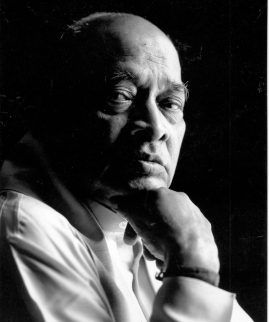
PV Narsimha Rao
However, the buck for the demolition of the Babri Masjid stopped with then Prime Minister P.V. Narasimha Rao. Mr. Rao had the option to impose central rule in UP to protect the disputed structure. But he chose otherwise.
Ten days later, Rao's government dismissed BJP governments in UP, MP, Rajasthan and Himachal Pradesh and ordered a commission of inquiry under Justice MS Liberhan. On January 7, 1993, Rao's Government issued an ordinance acquiring 67.7 acres of land (Site and adjoining areas), which was later passed as a law. The Babri demolition is one of the legacies of Rao's Prime-Minister-ship.
1994 - 2000: In the Ismail Faruqui judgment, the SC upheld the constitutionality of Acquisition of Certain Areas at Ayodhya Act. More importantly, former CJI JS Verma also reasoned that offering namaz at a mosque was not integral to Islam.

L to R: Sadhvi Ritambhara, Shakshi Maharaj, and Uma Bharti (accused in Babri demolition)
In 1997, a special court hearing the Babri demolition case orders framing of charges against 49 accused, including LK Advani, Murli Manohar Joshi, Kalyan Singh. Uma Bharti, Shakshi Maharaj, and Sadhvi Ritambhara were one of the most vocal leaders present at the rally inciting the mob (Liberhan Commission).

Atal Bihari Vajpayee
2001-09: VHP sets March 2002 as the deadline for beginning the construction of Ram temple. The then Prime Minister Atal Bihari Vajpayee had set up an Ayodhya cell in his office and designated a senior official to hold talks with Hindu and Muslim leaders. The Vajpayee government also filed an application in the SC for vacating the 'interim order' banning any religious activity in Ayodhya.
On February 6, at least 59 people were burnt alive in a train in Godhra in Gujarat, which was carrying Kar Sevaks from Ayodhya. Communal riots broke out across Gujarat in which over 1,000 people were killed.
In 2003, the ASI once again began excavating underneath the disputed site on the directions of the Allahabad High Court to find out whether a Ram temple existed at the disputed site. It claimed to have found remnants of a 10th century Hindu Temple. The Muslim party questioned the ASI report.
In 2005, Islamic militants attacked the Ayodhya site and tried to blow a hole in the wall of the complex with an explosive-laden jeep. After 17 years, the Liberhan commission submitted its report to Prime Minister Manmohan Singh in 2009, but its contents were not made public.
2010: After analyzing the ASI report placed before it, on September 30, the Lucknow bench of Allahabad High Court ruled that the portion under the central dome should be allotted to Hindus advising a three-way division. All the parties objected to the partition and filed an appeal.
2018: The SC suspended the Allahabad High Court ruling. In the meanwhile, the petitioners argued that the SC ought to refer the Ismail Faruqui judgment (Mosque not integral to Islam) to larger Bench for reconsideration. In September 2018, the SC ruled out such a referral.
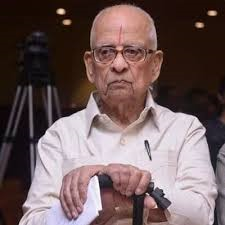
Advocate SK Parasaran
2019: The SC once again advocated an amicable resolution through a court-monitored mediation. The negotiation failed, and the final hearing started in September 2019. Advocate S K Parasaran, who fought the case legally on behalf of the Hindus, profoundly presented his arguments based on facts and logic.

CJI Ranjan Gogoi (C), (L-R) J Ashok Bhushan, J SA Bobde, J DY Chandrachud, and J Abdul Nazeer
Finally, the five-judge constitution bench comprising - Chief Justice Ranjan Gogoi, Justice SA Bobde, Justice DY Chandrachud, Justice Ashok Bhushan and Justice Abdul Nazeer - set aside the 2010 HC verdict and delivered a unanimous judgment making Ram Lalla the rightful owner of the entire disputed site.
I would also like to mention a few more names whose contributions were highly instrumental in sustaining the Ramjanmbhoomi movement.
First of all, the literary force behind the Mandir movement. It was stalwarts like Sita Ram Goel, Ram Swarup, and V S Naipaul, who provided the primary intellectual defense of the movement. The Dainik Jagran editor Narendra Mohan for carrying truth with courage, and Ramanand Sagar for the television show Ramayana, which created excitement among the people about the issue.
And finally, Prime Minister Narendra Modi - without this man being at the helm of affairs, forget the verdict, even day-to-day hearing wasn't possible.
Gratitude!
(Note: All pictures provided by the author. No copyright infringment intended)



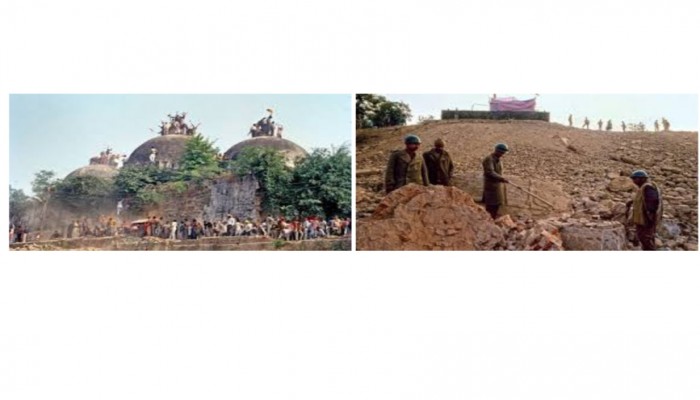
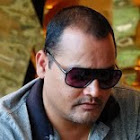


Comments